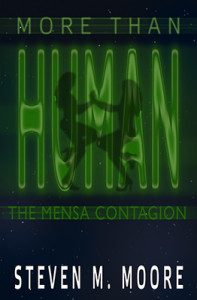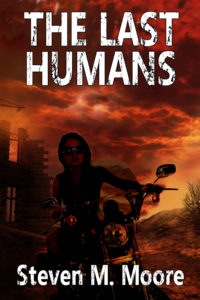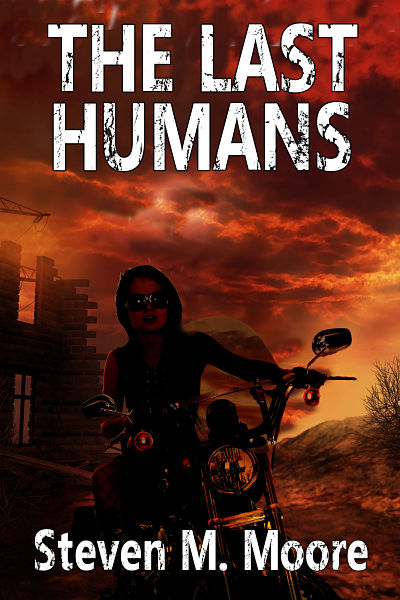It’s hard for anyone to get their head around how far away the stars are. The nearest, Proxima Centauri, is 4.243 light-years distant—a light-year is the distance traveled by light in a year, going at 186,000 miles per second!
Three Sol-like real stars (i.e. like our sun) are where the Human colonies of New Haven, Novo Mondo, and Sanctuary are located in The Chaos Chronicles Trilogy Collection (a three-novel bundle from Carrick Publishing). In A.B. Carolan’s Mind Games, the main character visits two of those colonies, plus a much-changed Earth. The stars, 82 Eridani, Tau Ceti, and Delta Pavonis, respectively, are about twenty light-years from Earth. They’re G-type stars like our own. I started writing about these colonies around 2000, so I didn’t know if there were real Earth-type planets in those faraway solar systems. I still don’t.
Today scientists have discovered many real extrasolar planets. Some are in the zone where liquid water can exist, so a sci-fi writer today might choose one of those as a setting for a story. The stars I chose are still good ones, but if scientists find they have no planets or none are in that sweet spot relative to their parent star, I’m toast.
In addition, we now know some stars have a huge Jupiter-like planet in that sweet spot. That’s not a bad setting either because a planet like that can have a large moon that’s like Earth, full of life. Such is the case of Hard Fist, a satellite of Big Fellow, and where the action of A.B. Carolan’s The Secret of the Urns takes place.
When I began writing the books in the trilogy bundle above, no one knew if any stars besides ours had planets. At least now we know planets are ubiquitous. Three of my four fictional ones I’ve mentioned had life before Humans arrived. That might be less likely than being in that sweet spot—if water exists, it doesn’t mean life does. Both our moon and Mars have some water, for example, but no observable life.
Statistically it’s likely that life exists out there. It might not exist very close to Earth, though, as it does in my fiction. I’m thinking of an active biosphere, of course. Even Mars might have some life. And it’s unclear how long Earth will continue to have a biosphere unless we recognize the dangers of climate change. CCDs (that’s “climate change deniers”) are trying to get everyone to believe their lies.
Let’s consider some possibilities A.B. Carolan, in his short story “Harvest Time” two weeks ago in honor of Brian Aldiss, considers one possibility that’s also at the end of the first novel in the collection named above—a long-range starship. Its propulsion system, yet to be determined, would apply a constant acceleration and then a constant deceleration to arrive at the target star. Humans aboard might be in cryosleep or stored as frozen embryos, or even in banks of frozen sperm and ova, and the colonists could be woken at the end of the trip and nurtured by robots. Things could go wrong on the journey, as in A.B.’s short story.
Any attempts at organizing a galactic empire, or even a trade union like ITUIP (“Interstellar Trade Union of Independent Planets”), a la European Union, would require faster communication between planets than that provided via long-range starships. Faster-than-light travel (FTL) was invented by sci-fi writers for that purpose. Many old stories talked about hyperspace; Star Trek had its “warp drive”; and my stories have ships traveling through the metaverses provided by some esoteric theories from particle physics, superstring theories to be precise, as considered in yesterday’s short story “Shipwreck.” It all boils down to skirting Einstein’s theory of relativity by leaving our universe where the speed of light mentioned above limits all velocities.
Humans haven’t been around too long, geologically speaking, and have wondered what’s out there for even less time. The way things are going, we won’t be going out there anytime soon, no matter how organized we become to do it. Some wonder if what’s out there will come to us. Either way, the distances covered will truly be a star trek. And all that’s still in the realm of sci-f for now.
***
Comments are always welcome.
More than Human: The Mensa Contagion. Amazon reviewer S. D. Beallis called it “broad in scope and cautiously optimistic.” Amazon reviewer Debra Miller said she “was reminded at times of Kim Stanley Robinson’s Mars trilogy.” Both comments indicate the epic nature of this one novel where an ET virus creates Homo sapiens 2.0, and then the new humans colonize Mars. Available on Amazon and Smashwords.

Around the world and to the stars! In libris libertas!


